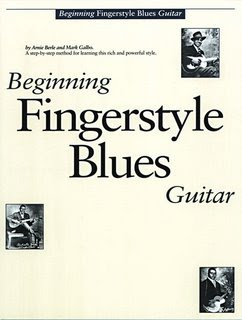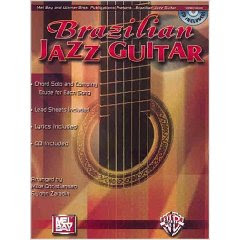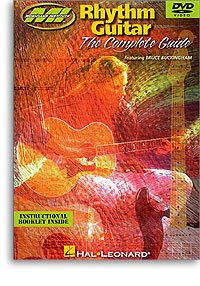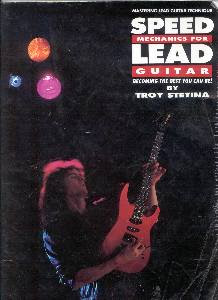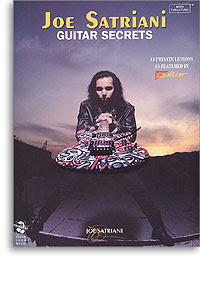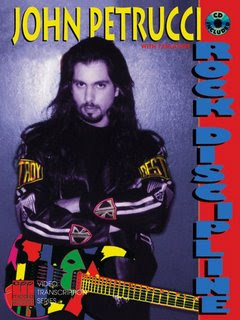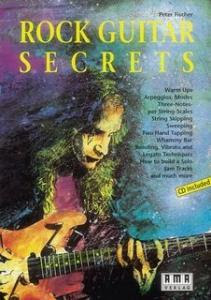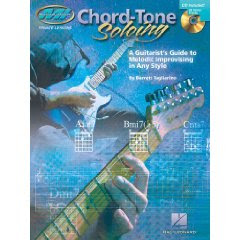 Abstract
AbstractI recall coming across a copy of Garrison Fewell's earlier jazz guitar book in the school bookstore as I made my haj to Berklee over twenty years ago. No way could I afford to study there but if I could just check the place out I might be able to take back something of that hallowed vibe that might inspire me to the upper reaches, or at least upper chord extensions a la Bird's "Cherokee". And just maybe I'd spot Mick Goodrick unloading his amp from a car trunk in need of a hand and a second guitarist on this session and, well, 'tis the stuff of youthful daydreams...
What appeared to be a self-published work by Fewell just reeked of "this is the real deal" and I happily plunked down my change and bagged my latest (along with a blank Berklee manuscript pad that I do still have as a momento of the trip).
To be honest, that book and its contents are long gone from my library and memory but I always remember a name so when I spotted Fewell's latest I had to have it, for old times sake if nothing else. I was pleasantly surpised to find a book full of
varied and useful information much more in sync with my current way of playing than the "miles and miles of scales" approach of yore that yielded chops and dexterity, but came up short on musical invention.
Fewell's approach to melodic lines is based on triads and their extensions rather than scales. A scale is a large piece of musical information with many implications to graft
onto a chord change or progession. By contrast a triad is more focused, expressive of the underlying harmony and a more managable bite to handle for beginning (and experienced)
improvisors.
Examples "in the style of" jazz guitar masters such as Charlie Christian, Wes Montgomery and Jim Hall confirm Fewell's point that effective melodic playing emphasizes triadic chord tones
from the underlying harmonies and logical extensions to those triads. This is really about perspective: the same notes Fewell derives from triads and their extensions can be found in the
diatonic/modal scales traditionally taught to be played over standard changes. However, by conceptualizing this material as Fewell proposes, the player can more easily and effectively play lines that express the harmony.
A unique feature of the book is a discussion of phrasing and articulation, related to picking and thumb/finger strokes. It's rare in the jazz guitar literature to find what is all too often taken for granted or along the lines of "listen and figure it out yourself".
Another aspect of conceptualizing the material is understanding guide tones, their relationship to the triads and extensions and how they can be expressed not only melodically as target tones, but as two and three-note chords, providing an effective way to comp. Guitarists have tendency to segregate chordal forms, particulary larger block forms (e.g. CAGED) from lines and melodic material. The harmony lessons Fewell presents go a long way towards merging these two aspects of playing, evisioning chords as collections of melodic lines moving at a slower,
half note harmonic rhythm than what we typically think of as eighth note jazz melody.
After presenting these building blocks of melodic playing the author demonstrates combining phrases into complete choruses over various standard progressions.
The accompanying recording demonstrates individual phrases as well as providing rhythm-section backup for the later complete chord progressions.
"Jazz Improvisation for Guitar" works well for a player who has done scales, apreggios and chord voicings to death, is comfortable (but not TOO comfortable)with their physical technique and is now more interested in integrating and applying
that knowledge to better understand and serve the music.
Year: 2005
Pages: 150
Link
 Description
Description


